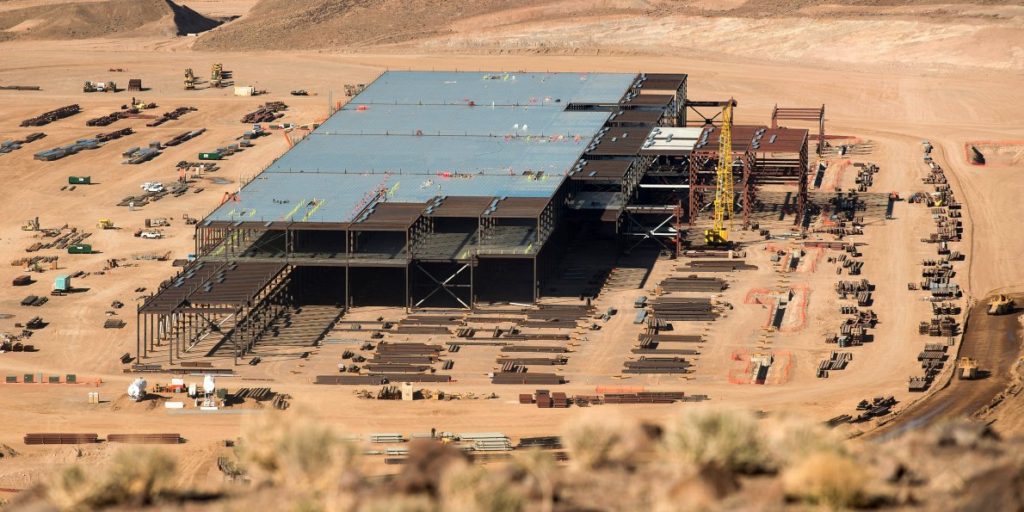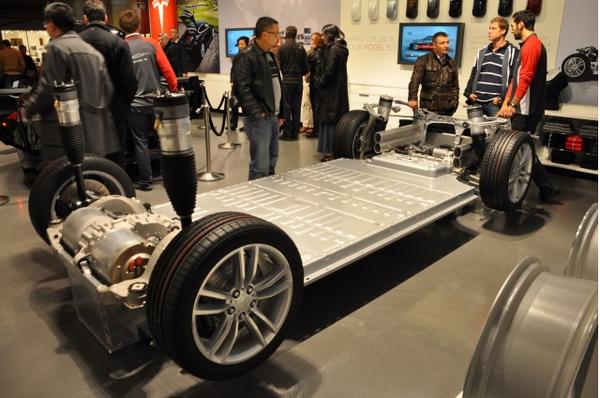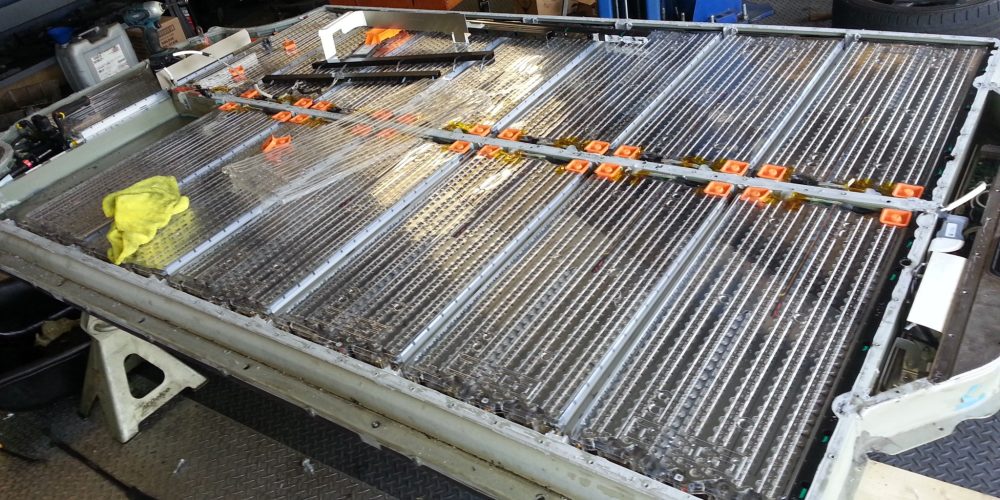Tesla Motors CEO Elon Musk is making his biggest bet ever, and it’s called the Gigafactory. If the name doesn’t give you a clue to its size when it’s finally ready, picture this: at full capacity, they will be able to produce batteries for 1,500,000 Tesla Model 3 electric vehicles.

The Gigafactory is several years away from going to full production, but even at the 35 GWh capacity planned for 2018, they will be able to support a production rate of 500,000 cars per year. And that is actually just Phase 1 of Elon Musk’s dream of a million cars per year rolling out of Tesla factories and shipped to their proud owners around the world.
But what are the implications of such a huge investment, in which Panasonic – their battery partner – has a $1.6 billion vested interest? Although the projected cost of the Gigafactory is “only $5 billion”, some analysts believe the market value is ten times that – or $50 billion.
According to CleanTechnica quote of a Teslarati article:
“The analyst bases his valuation on the potential revenue stream he sees being generated by the battery factory. Chowdhry believes that the Gigafactory will be capable of generating as much as $100 billion in revenue for the company over the next 20 years. He calls what Tesla is doing with its Gigafactory ‘new industry creation activity,’ meaning that the potential revenue from the enterprise is far greater than most people realize.”
But with Tesla’s market cap itself being only $32 billion, that’s an extremely big risk they’re taking on a project that’s yet to go into production. Sources estimate that they will only start producing batteries sometime later this year, but the original estimate was for the end of 2017.
Even if Tesla does manage to go into production as planned, there’s a lot riding on this factory. Admittedly, even at the 35 GWh production rate, that equals the battery production capacity of the entire world as of now.
The real risk in this is not about the cost of the factory itself. It’s whether Tesla can keep the orders coming in a fast and furious manner. The 400,000 or so reservations for the Model 3 are just that – reservations. Until we know how many of those actually convert into hard sales, it will be difficult to tell what kind of risk the company will be undertaking.
Moreover, since the battery design is different from what other electric vehicle manufacturers use, selling surplus batteries to other electric carmakers may not be an option. In fact, they can’t even use this battery on the Model S if it comes to that.

Only time can tell whether this bid will be a major success for Tesla Motors and Elon Musk, or an epic fail that may send the company stocks spiraling downwards. Come December this year, we will know for sure.



